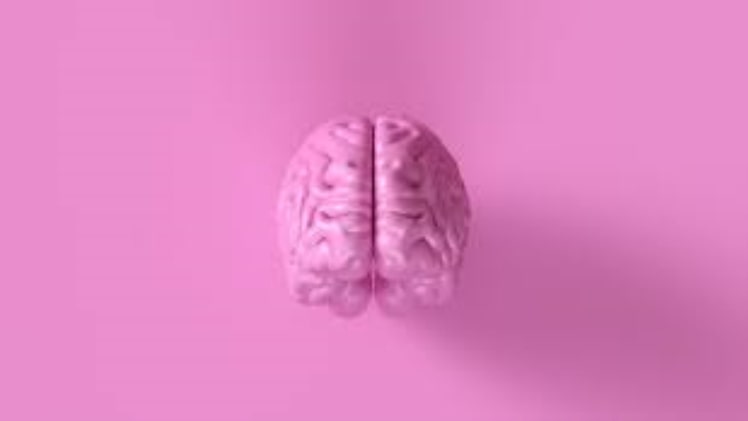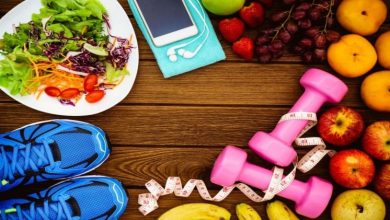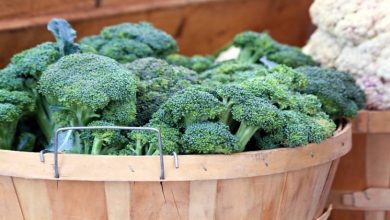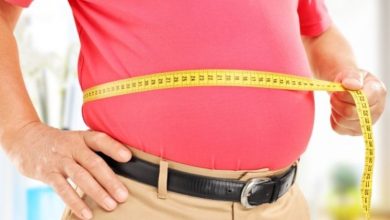What are the effects of Histamine on the human body?

Histamine exhibits some unusual characteristics and shows many positive effects on the human body. It is also a partner of chemicals that play a significant role in the human brain. You can call Histamine as a response of the body to counteract invaders and cope with their harmful effects.
What is Histamine?
Histamine is a nitrogen-containing compound that participates in the local immune response, acts as a neurotransmitter, and modulates gut physiological functions.
While foreign objects (pollens, dander, allergen, bacteria, viruses, etc.) enter your body or attach your skin, your body’s immune system recognizes them as an enemy and stimulates the generation of histamine. It dilates the blood vessels enhances the circulation of fluid proteins, lymphocytes, and white bloodcells to move into the affected areas and fight with the enemy. Consequently, inflammation occurs around infected regions, and you may feel classic allergic symptoms like flares, red skin, runny nose, watery eyes, itchiness, irritation, etc. If a high concentration of histamine is released, the symptoms become worsen. However, its symptoms differ from individual to individual and what type of invader attacks you.
It is present naturally in all animals, plants, bacteria, certain fungi, venom, sting, etc. In the human body, it is distributed unevenly throughout the body. Histamine is formed and stored in the mast cells,basophils,central nervous system, and enterochromaffin-likecells in the gut of human beings.
What are the effects of Histamine on the human body?
Histamine is a productive chemical and exhibits positive effects on the human body. Its producer cells are found in nearby connective tissues of the skin, lung, and gastrointestinal tract. There are four types of receptor cells, H1,H2, H3, and H4, which bind with histamine. Each receptor cell performs distinct functions while histamine combines with them. Without further ado, let’s expose its effects on the human body.
Dilation of blood vessels
Your body releases histamine in response toforeign bodies at the mucosal surfaces. It binds with H1& H2 receptors to perform its functions. Histamine causes the surrounding blood capillaries to dilate and enhances the permeability of blood vessels. This increases the flow of fluid cells containing white blood cells and plasma proteins that move into the capillaries to the infected site, fight with the foreign bodies, and prevent their entrance into the body. Due to the dilation of blood vessels, inflammation happens around injured areas. While the fluid also moves out from capillaries, you may feel a runny nose and watery eyes-like symptoms.
Acts as a Neurotransmitter
In the brain industry, histamine is released by non-mast cells, where it acts as a neurotransmitter. Histamine binds with H4 receptors in the brain and does its job. It plays the role of chemical messenger and makes communication between nerve cells. Histamine neurons keep you alert and minimize your sleeping.
Triggers the secretion of gastric acid
Histamine cells are underlying the gastrointestinal tract; influence the parietal cells to produce gastric acid (hydrochloric acid) needed for the digestion of food in the stomach.
These are significant effects of histamine; besides these, there are many more valuable effects on the human body. But its average level is productive; a slightly higher-level spur the severe allergic reaction, which may lead to serious health problems.
Conclusion:
Histamine is naturally produced inside the human body by the metabolism of histidine amino acids. Histidine is a part of your local immune response and blocks the entrance of any foreign body into your body. You can say that histamine is an allergic response to your body. It shows positive effects on the human body, such as acting as a neurotransmitter, stimulating the secretion of gastric juice, dilating the blood vessels, etc.
Reference:
https://www.news-medical.net/health/What-Does-Histamine-Do.aspx





